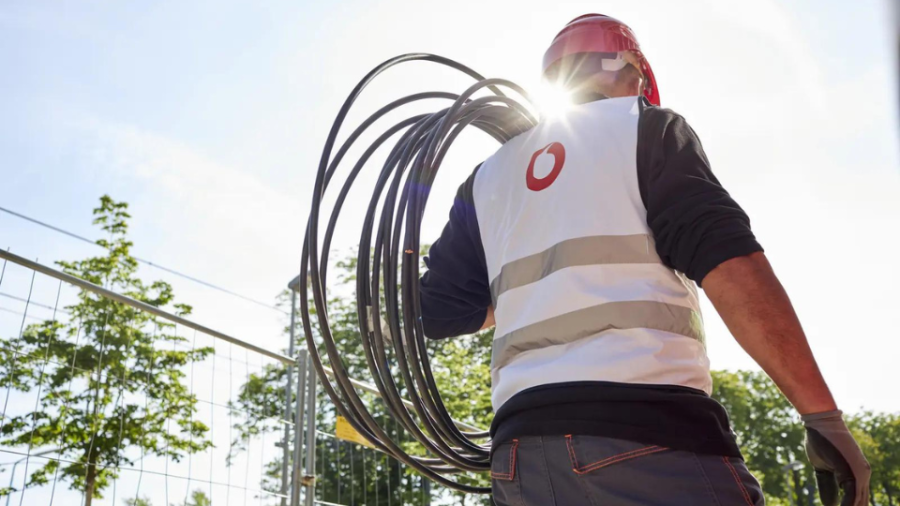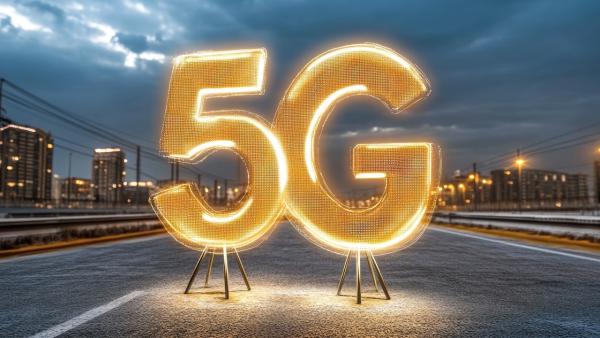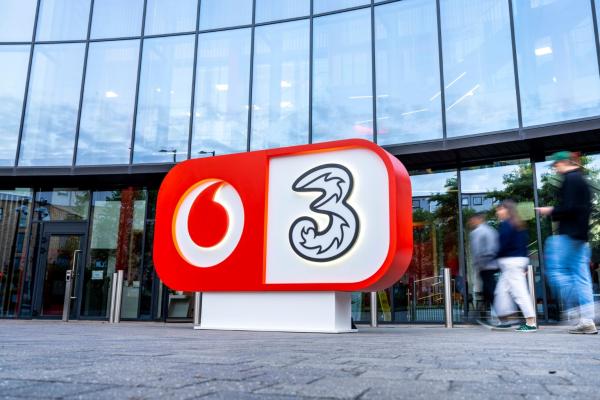Vodafone and Intel today published a paper – see below – which sets out energy savings of around 30% that can be made to today’s cable networks, all while delivering gigabit speeds and reducing costs.

With energy efficiency front of mind for many politicians and customers, Vodafone and Intel have identified ways to significantly reduce the energy demands of the Cable Modem Termination System (CMTS).
The CMTS is a vital piece of equipment that usually sits in a local point of presence (known as a cable head-end or hub). One traditional CMTS system can connect around 20,000 cable modems in the home or office, transporting and directing online video, broadcast TV, voice, and data traffic.
28% reduction in power consumption
The joint Vodafone and Intel paper suggests a 28% reduction in power consumption can be achieved by introducing a virtual CMTS based on smart software. This in turn significantly lowers the amount of space, heat, and power needed in the head-end/hub.
Vodafone is already well advanced on this path and has one of Europe’s largest virtual CMTS-based cable networks in Germany. It is part of Vodafone’s vast gigabit network in the country which already passes 24 million households.
Cost savings
Further energy savings of 10% or more compared to the traditional CMTS can be realised by adopting a cloud approach. With Vodafone’s next-generation cloud-native architecture, CMTS energy operating costs can be reduced by 39% and overall capital expenditure by 46%.
At the same time, as successive generations of architecture are developed, throughput increases dramatically – from 100 Gbps downstream using older models of CMTS systems to up to 504 Gbps with cloud-based network architectures.
Network modernisation
Vodafone is accelerating the modernisation of its network. The company has already reached its target of powering 100% of its existing European networks from renewable sources. Meanwhile, today, 70% of Vodafone’s core European network is already running on its own cloud with plans to increase that to 100% by 2025.
The paper supports Vodafone’s ambition to have a fully automated network running the most energy efficient hardware and software. Together, Vodafone and Intel are keen to share their findings in this paper so that the wider industry can benefit from these improvements.
Click here to read the original article.








